Wednesday, January 2, 2019
New Year, New Outside Column!
I hereby warrant that every word contained in this column is true and all your arguments as to why I'm wrong about bike speakers are null and void.
As for my New Year's resolution of 2018 to only ride one bicycle, rest assured I'll be providing a full and accurate accounting very soon.
Now go forth and show this new calendar year who's boss.***
Your's Truely,
--Tan Tenovo
*Specifically refers to AD years. Void where prohibited. Hebrew, Chinese, and other non-Gregorian calendars excluded.
**I see this was actually published in 2018, so technically I'm starting things off wrong.
***It's me. I'm boss.
from Bike Snob NYC http://bit.ly/2R4HASh
How to Be Less of a Traveling Asshole in 2019

Everyone likes to think that they’re a good traveler. But are you as good as you think you are? Probably not.
“How dare you call me an asshole?! I’m one of the good ones!”
I mean, we’re all assholes. We all cause damage. There’s no such thing as a perfect traveler or trip.
We can all strive to do better.
I often say that the best thing the travel blogging community has done is raise awareness about elephant rides. Elephant rides are universally abusive to the animals — there’s no such thing as a “good” elephant ride — and the many pieces bloggers wrote about this issue led to major tour companies deciding to remove elephant rides from their trips.
That was a good thing. That should be celebrated.
But the single worst thing the travel blogging community does is contribute to overtourism. I feel like Instagram was an iffy kid turned bad, the Kevin Khatchadourian of social media, if you will. Sure, maybe some photos inspired people to visit emerging destinations, but far more people were encouraged to travel to the same overtouristed destinations, the same busy photo spot, and take the exact same photo with themselves in the same spot.
And despite the emergency of overtourism, that doesn’t stop bloggers from continuously writing guides to Iceland, Bali, Barcelona, and other places that have already been covered to death and don’t need to encourage any additional tourism.
But there are ways that we as travelers — both leisure travelers and those of us who travel for a living — can make a better impact on the communities we visit.
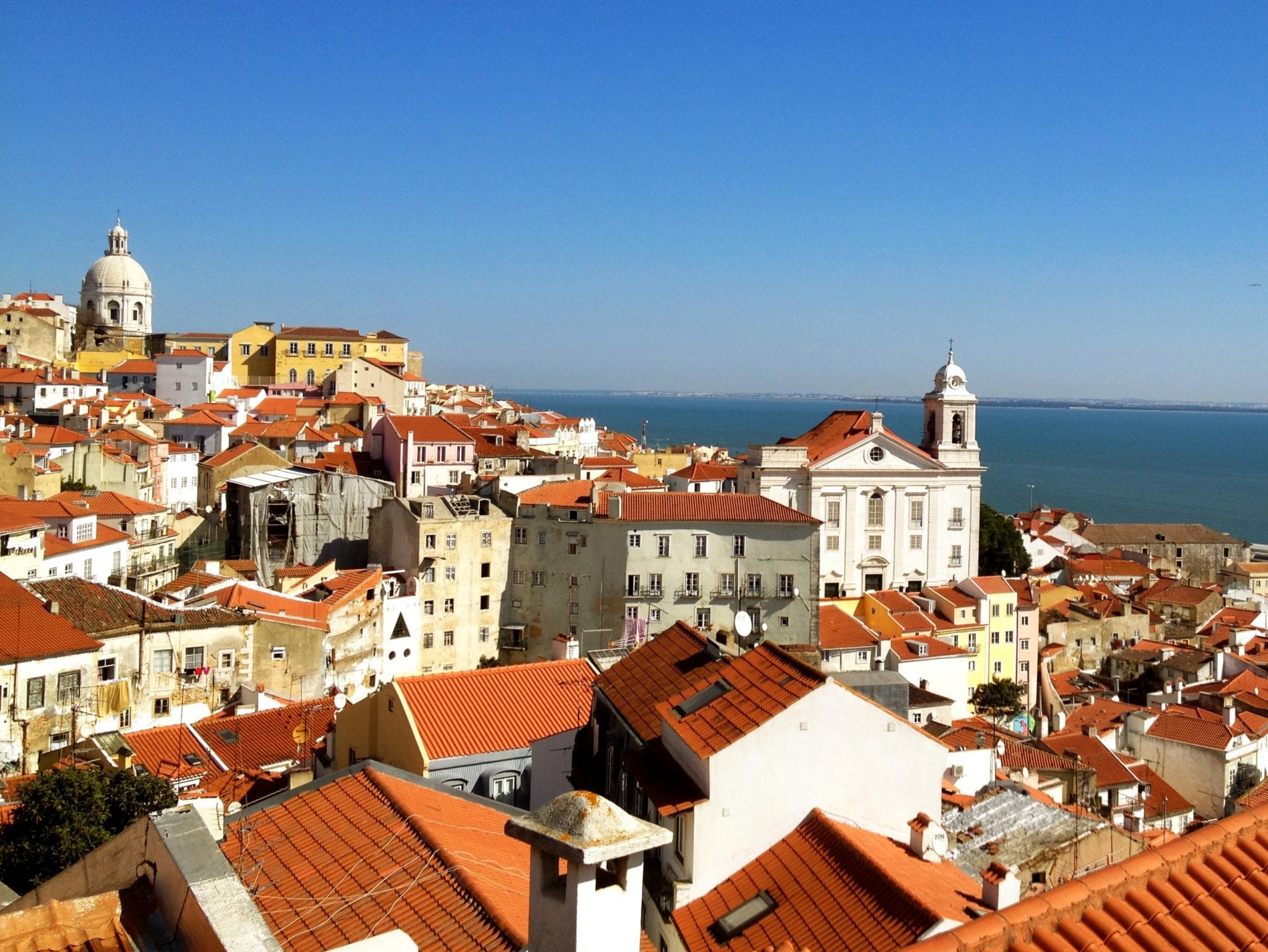
Reconsider how often you stay in Airbnbs.
In the past decade, no company has upended the travel industry as much as Airbnb. Suddenly it became possible to book someone’s apartment and stay there instead of a boring hotel. It was local! It was authentic! It was cool! And soon Airbnb became more popular than ever.
So how is this a problem? Landlords realize can make much more money on short-term rentals to tourists and take their apartments off the housing market. Over time, less and less housing is available and prices are driven skyward. This is exacerbated in areas that already have housing shortages.
Many cities have instituted laws around Airbnb. In New York, where I live, you can’t stay in an Airbnb unless the leaseholder is present or you’re staying for more than 30 days. This means that you can’t just book your own apartment in the East Village for a random weekend — it’s illegal.
New Orleans has a similar system, and all Airbnb rentals need to be listed on a government website and have a permit displayed in a window.
The big problem is that these laws are very rarely enforced. They’re more vanity laws than anything else.
And in countries where there are no laws, housing can be out of control. I’ve heard horror stories about Lisbon in particular.
So what’s the solution? A simple one — stay in a hotel, hostel, or actual B&B! That will prevent you from impacting the local housing market.
If you’re still set on staying in an apartment, you can always rent a room in someone’s home as opposed to a whole place. Some people might feel okay renting a lived-in apartment when the owner is away, rather than renting a company-owned apartment. And Couchsurfing still exists!
How I’m walking the walk: I haven’t stayed in an Airbnb rental since 2016. I live by New York’s rules — and since I don’t like staying in someone’s spare room, I default to hotels now.
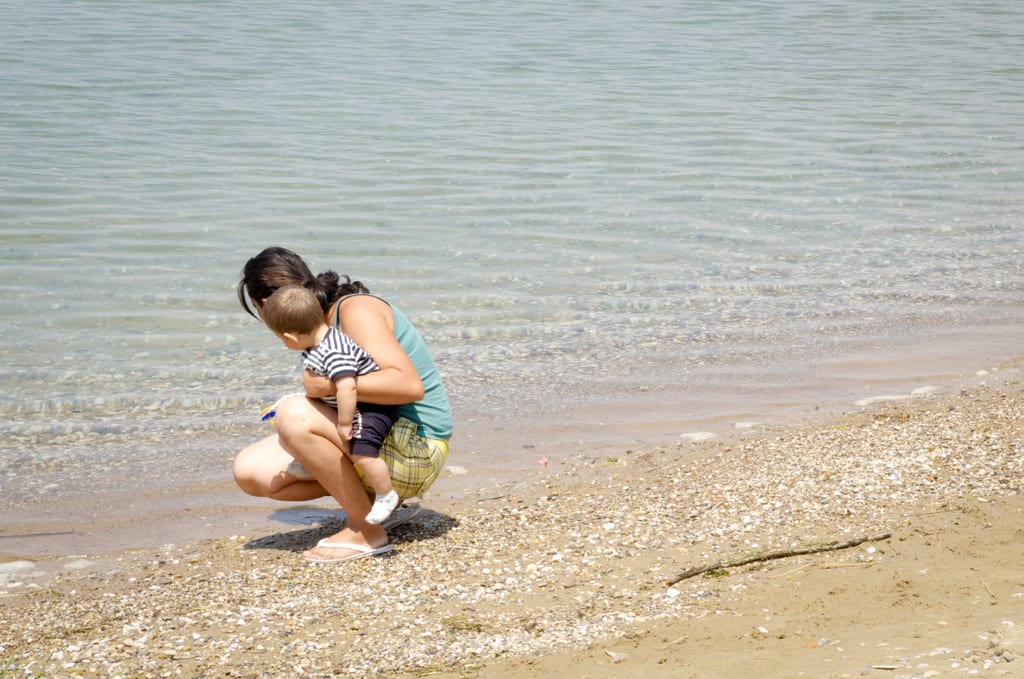
Stop photographing children.
When I first started traveling long-term in Southeast Asia, I had no qualms about photographing children. They were adorable and often begged me to take pictures of them — why shouldn’t I share that with the world?
Then when I went to Guatemala in 2015, I learned that the Mayans ask people not to photograph children due to the risk of child trafficking. When I heard that, my heart dropped. All along, I was doing something that could risk children being kidnapped. That’s when I stopped taking pictures of them.
Since then, I’ve also become more privacy-focused, both for myself and for children. I feel like kids should have the right to decide whether or not their pictures are on the internet, and most children are too young to consent to that. That’s why I haven’t shared any photos of the babies in my life. Even if the parents say it’s fine, it’s not fine with me. Additionally, how would I feel if someone took a photo of my kid and put it up on the internet?! That’s so creepy.
Do you really need to photograph children? Does it really add to your trip to do that? How does it make someone’s life better by putting it on the internet? These are questions that you should ask yourself.
How I’m walking the walk: I no longer publish photos of children on my site or any social media platform unless 1) they’re a small part of a crowd scene or 2) their face is obscured. If I want to take a photo for my personal use, I always ask the parents or caregivers for permission.
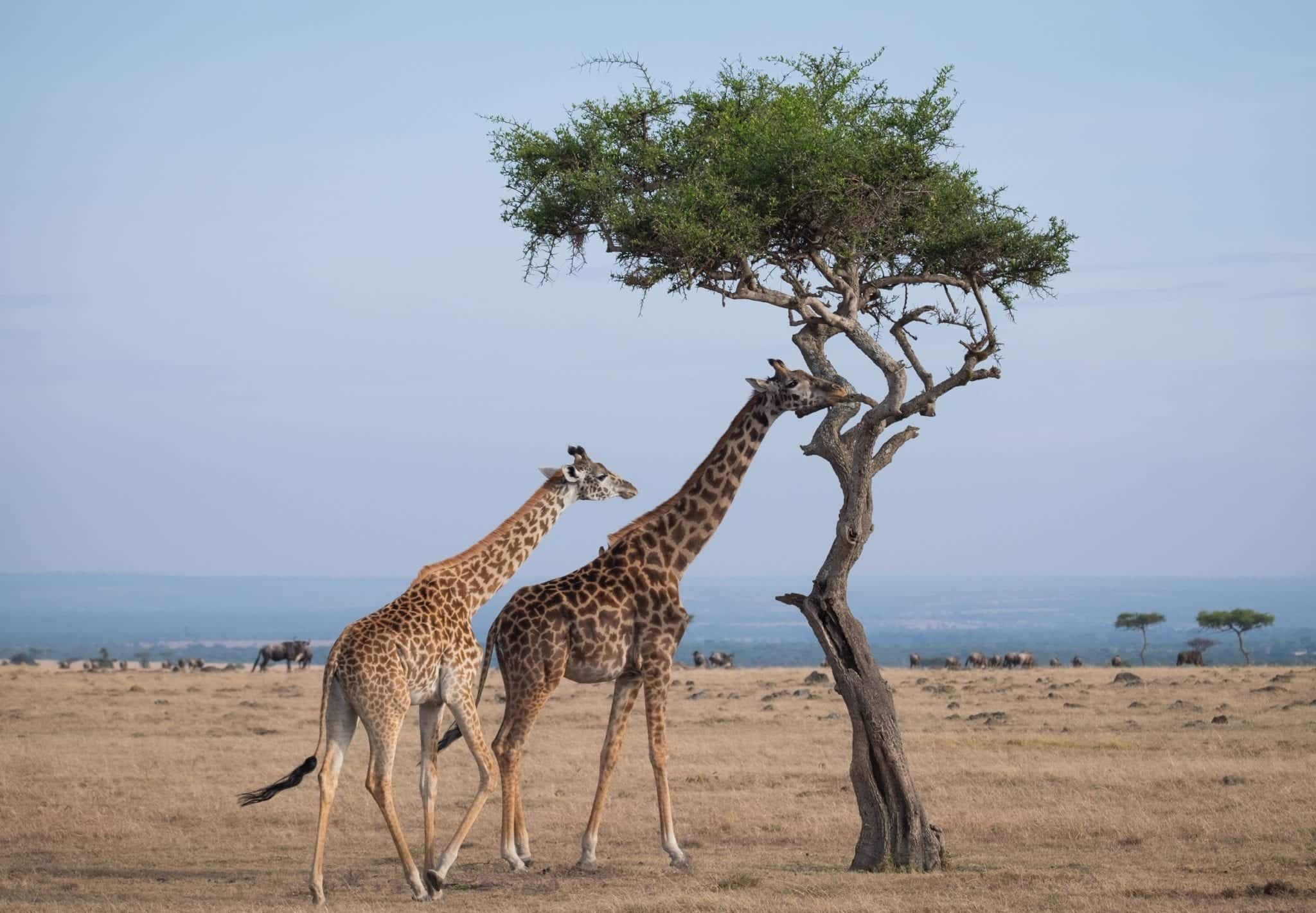
Be very picky about animal activities.
Animal encounters are prime Instagram material. Who will be able to resist a photo of you cuddled up with tiny little tiger cubs?
It turns out that many of these activities are abusive. Elephants are trained to give rides by being whipped until their spirit is destroyed. Up-close encounters with tigers and cheetahs only works because the animals are sedated. Dolphin shows and swimming with dolphins involve keeping a wild animal in captivity.
A good rule is to stick to activities that have you observing animal wildlife, rather than interacting with the animals themselves. Safari? Great. Whale watching? Awesome. Snorkeling with fish, keeping a safe distance from coral and wearing reef safe sunscreen? Cool.
How I’m walking the walk: These days, my animal activities are non-interactive: primarily safari and wildlife watching. Occasionally I’ll do something like horseback riding.
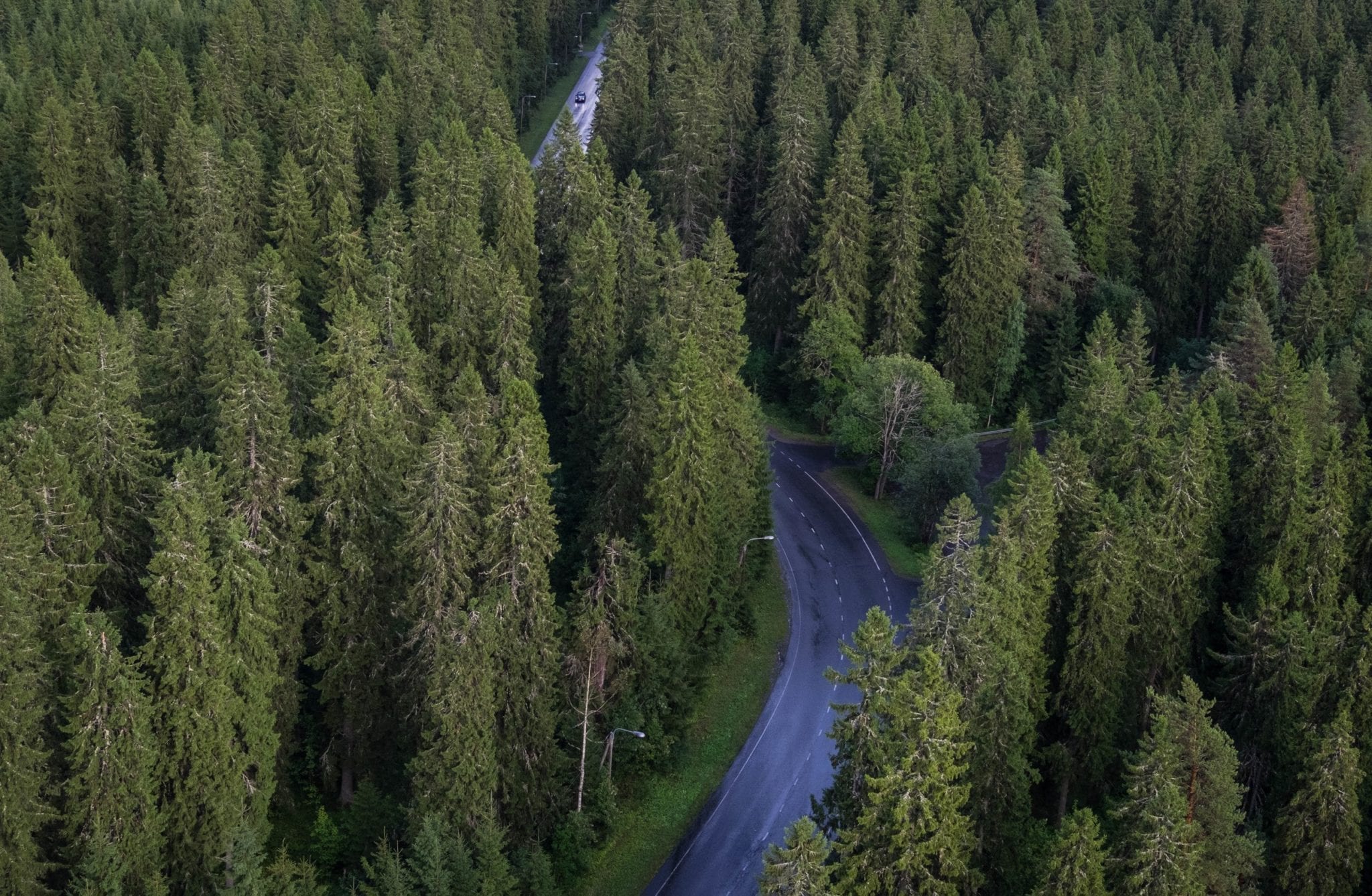
Consider offsetting your flights.
Even if you’re living a fairly low-impact lifestyle — not having biological children, living in an apartment, not owning a car, following a vegan diet — your carbon footprint skyrockets once you add in long-haul flights.
But it’s possible to offset your flights. To do this, you buy carbon credits and a company either plants trees or invests in energy-saving businesses. For example, the money could go to a landowner to keep the trees from being bulldozed.
It’s not enough to simply reduce in this case — our climate emergency is severe and we need to neutralize our impact.
As far as research goes, I found this site to be a good starting point.
So far I’m really liking CarbonFund.org — they plant a tree for every dollar you give, and without doing any crazy calculations, it looks like offsetting my carbon footprint would be around $500 per year.
How I’m walking the walk: I haven’t yet, but this is my big goal for 2019.

Make small but meaningful differences in your diet.
One of the best ways to lower your carbon footprint is reduce your consumption of animal products, especially beef. This doesn’t mean you need to be a vegan — but getting into a habit of eating less meat than usual can make a surprisingly large difference.
One nice thing about this is that the world would change enormously if everyone made small changes. Even giving up meat one day per week can make a big difference.
Additionally, eating local makes an enormous difference on your carbon footprint. Back in the day, having New Zealand mussels flown into your Las Vegas restaurant was a point of pride — but today, many restaurants are eschewing the old ways to emphasize local cuisine, the menu changing with the seasons.
You can find high-end restaurants specializing in local cuisine everywhere you go — a recent favorite of mine was Spice in Cleveland, where they made borscht from a berry that is only in season for 10 days — and lower-end local restaurants almost always source locally available produce.
How I’m walking the walk: As someone who eats mostly paleo, this is more of a challenge for me, but I’ve shifted red meat to rare occasions and most of the time my animal products are organic free-range eggs and canned wild salmon with occasional chicken or pork. It’s not ideal, but it’s a huge difference from how I was eating before.
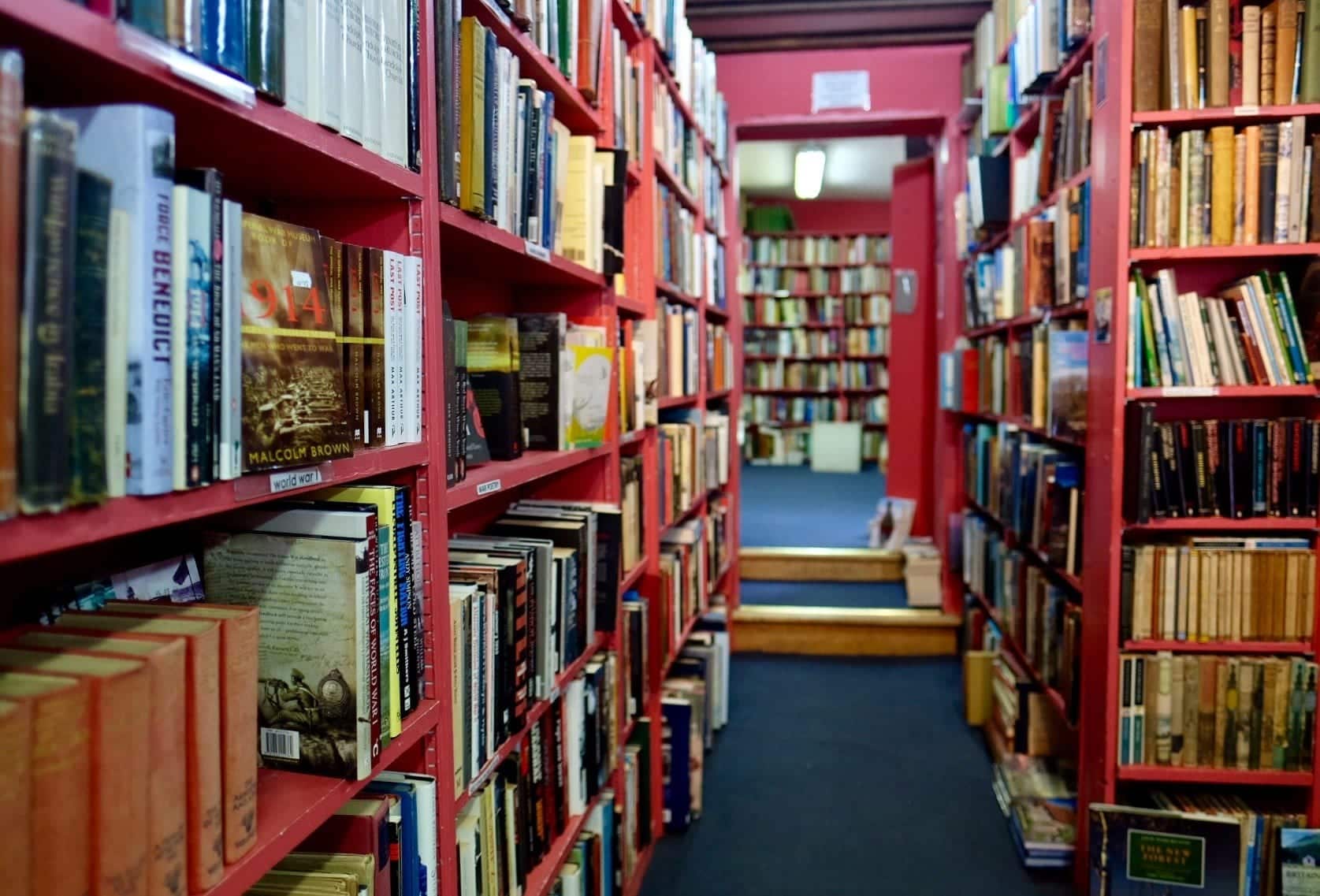
Read books written by locals, not just travelers.
Almost every time you see a list of “best books about [non-western region],” most of the books on the list are travel memoirs written by privileged people. No matter how populous the country is or how rich a literary tradition it has, books by wealthy white male visitors dominate the list.
Oh, and if it’s a list of books about Africa, J.M. Coetzee’s Disgrace will almost inevitably be on it. (This is something I vent about a lot. I swear nobody has actually read Disgrace, because it’s about men attacking and raping a woman in the South African countryside. It’s a beautifully written book, but it’s brutal and it plays into racist stereotypes. You would be insane if you gave someone that book to inspire an Africa trip. I would only give it to people whom I wanted to scare away from ever visiting Africa.)
Reading a book by a travel writer can provide invaluable insights no local could, particularly if the work is by a talented author or a work of journalism. But the problem is when we read only these books and discount the stories told by local people.
Reading a book by a local while you’re in the destination can add so much dimension to your visit. Last year I loved reading Ngugi wa Thiong’o in Kenya and Murakami in Japan. Both showed me so much more about the country than I could have learned on their own.
Bonus: Read books written by women and people of color. Even in 2019, travel writing is still heavily dominated by white male authors. These are the authors who get the book deals, big marketing budgets, and sellers that will get their books on shelves in front of you. Most books published by women get the Eat, Pray, Love happy-memoir-with-a-pink-cover treatment, even if they’re groundbreaking works of journalism, like Suki Kim’s undercover assignment in North Korea, Without You, There Is No Us.
How I’m walking the walk: I read constantly, and while I actually don’t read much travel writing in my free time, I always make an effort to read works by authors of color.
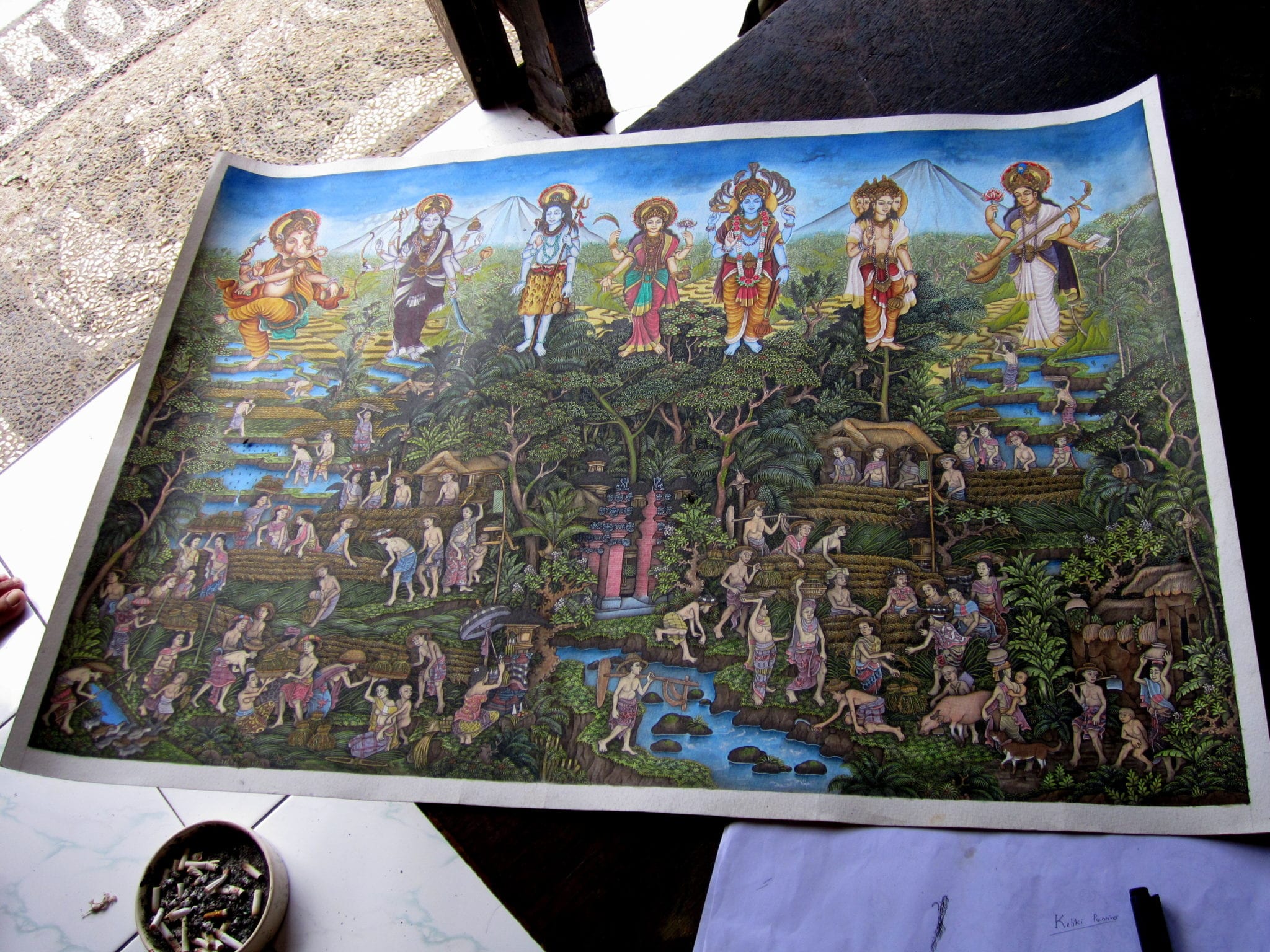
Spend your money close to the ground.
We live in a world where most of the wealth is controlled by few. How do you even rise up against that? It’s daunting, but one way to help locals is to spend your money close to the ground.
Are you buying souvenirs? Buy from the artist directly. Yes, those same beaded bracelets will be for sale in the airport at the end of your trip, but the artist is only making a fraction of what they make when you buy from them.
This goes for local businesses as well. Consider staying in a locally owned hotel rather than the local outpost of an international hotel brand. Locals will make far more money that way.
How I’m walking the walk: I don’t buy many souvenirs on my travels, but when I do, I try to buy direct from the artist when I can.
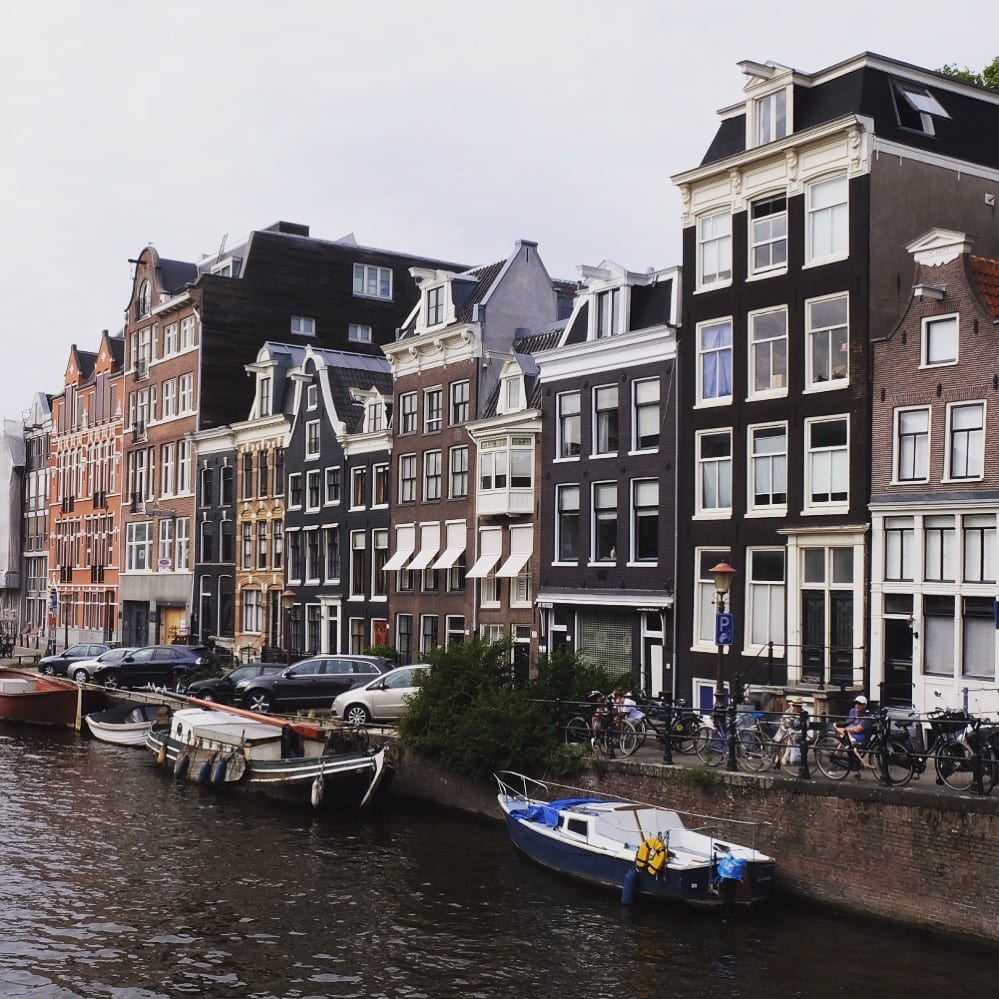
If you’re a blogger, influencer, or someone with a platform, please consider your impact on overtourism.
What is overtourism? It’s when a destination becomes so overwhelmed with tourism that it begins to make a negative impact on the destination.
Buzzfeed recently wrote about overtourism and while I don’t agree 100% with this list, they got a lot of them right. Iceland? Overtouristed. Barcelona? Severely overtouristed. Koh Phi Phi? Painfully overtouristed. Venice and Machu Picchu? Overtouristed and making great efforts to limit visitors.
And then there’s Amsterdam. I have a ton of friends living in Amsterdam. More than half of them are considering moving because the tourist crowds have made Central Amsterdam unlivable. And so they look to The Hague, or Haarlem, or parts of Amsterdam that remain somewhat untouched. It’s a shame.
These are not the destinations that we should be encouraging people to visit.
I’ve said it before and I’ll say it again: There’s no reason for travel bloggers to go to Iceland anymore, but every time you turn around, another blogger is in Iceland. Every rock has been unturned, every subject has been written about, and anyone wanting to travel to Iceland can find a multitude of excellent blog posts with a cursory Google search. Iceland doesn’t need to attract people who weren’t planning a trip in the first place.
There are so many other places you could go.
How I’m walking the walk: I am going out of my way to avoid overtouristed destinations in 2019. I won’t take any campaigns in those destinations. If I somehow end up needing to go there (say, if I have a 24-hour layover in Iceland due to a dirt-cheap flight), I won’t publish anything about it.
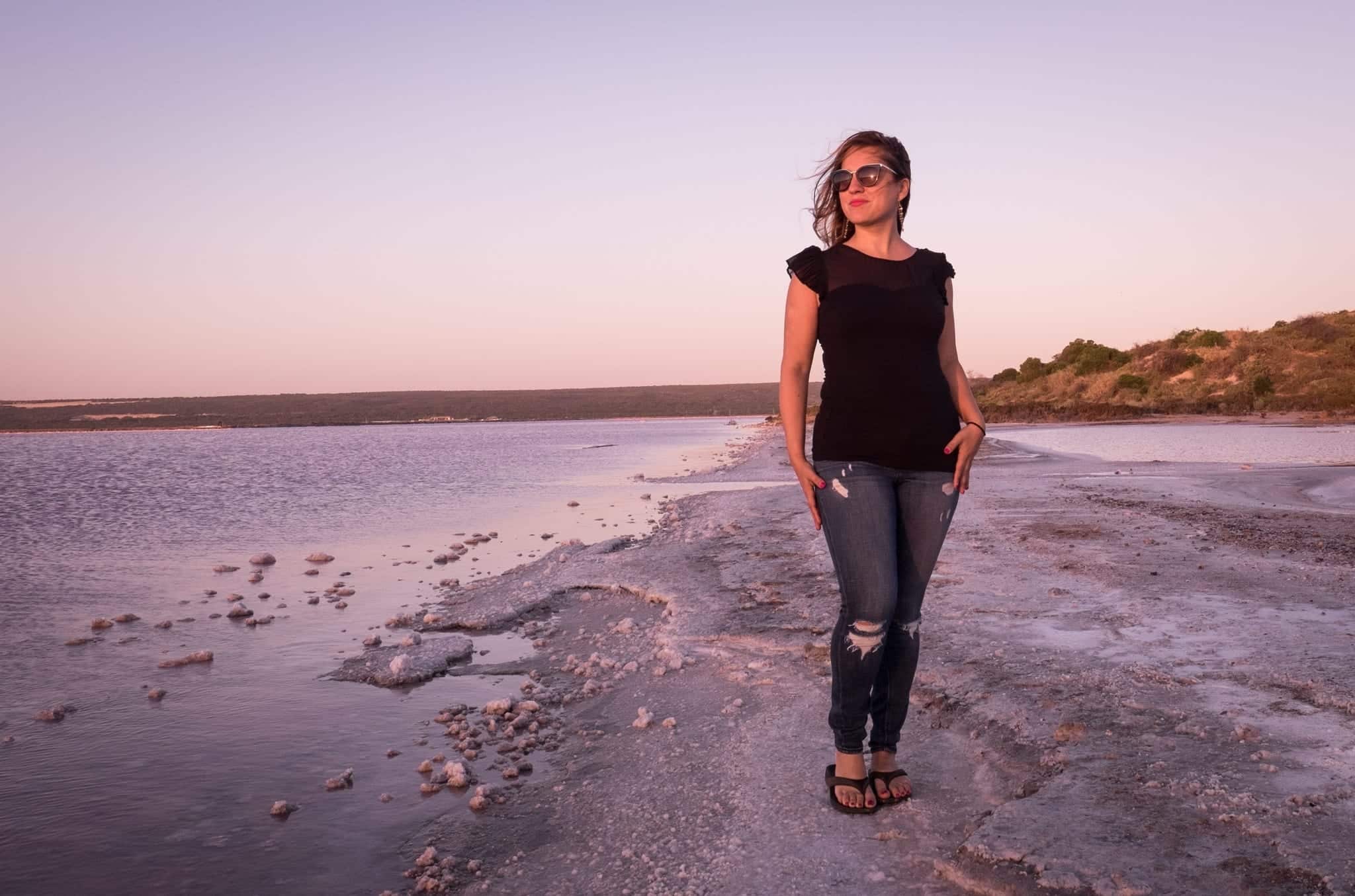
Overall, take time to think about your actions.
When planning a trip, I find that it’s a good rule to ask yourself a few questions:
- Why do I want to do this?
- How will this affect locals?
- How will this affect the planet?
- What will happen if dozens of people follow my example?
For example, if you’re set on staying in an Airbnb in a city impacted by overtourism, try to figure out your motivation. Do you want to stay there because it’s “cool”? There are more and more cool hotels springing up, especially in cool neighborhoods.
Is it because there are no hotels in the neighborhood? You can get a hotel in a different neighborhood nearby and take public transportation to the cool neighborhood.
Is it because it’s cheaper? Check out hostels — more and more hostels are going high-end and offering quality private rooms that rival what you can find in hotels.
What this all comes down to is putting aside your personal wants for the greater good.
I’ve shared earlier versions of this post with my fellow bloggers, and the reaction is usually explosive. Several people respond with, “Oh, so now I can’t go where I want to go because you say so?”
Dude. Do what you want. You have the right to cuddle with a sedated tiger and plaster the photos all over Instagram, and I have the right to cut you off and never read anything you create again. Louis C.K. has the right to make fun of children who watched their friends get murdered, and guess what — he will end up on the redneck circuit for the rest of his comedy career as a result. Actions. Consequences.
It’s the beginning of a new year. It’s time to take stock and think about how we can improve. I think this list is a good place to begin.
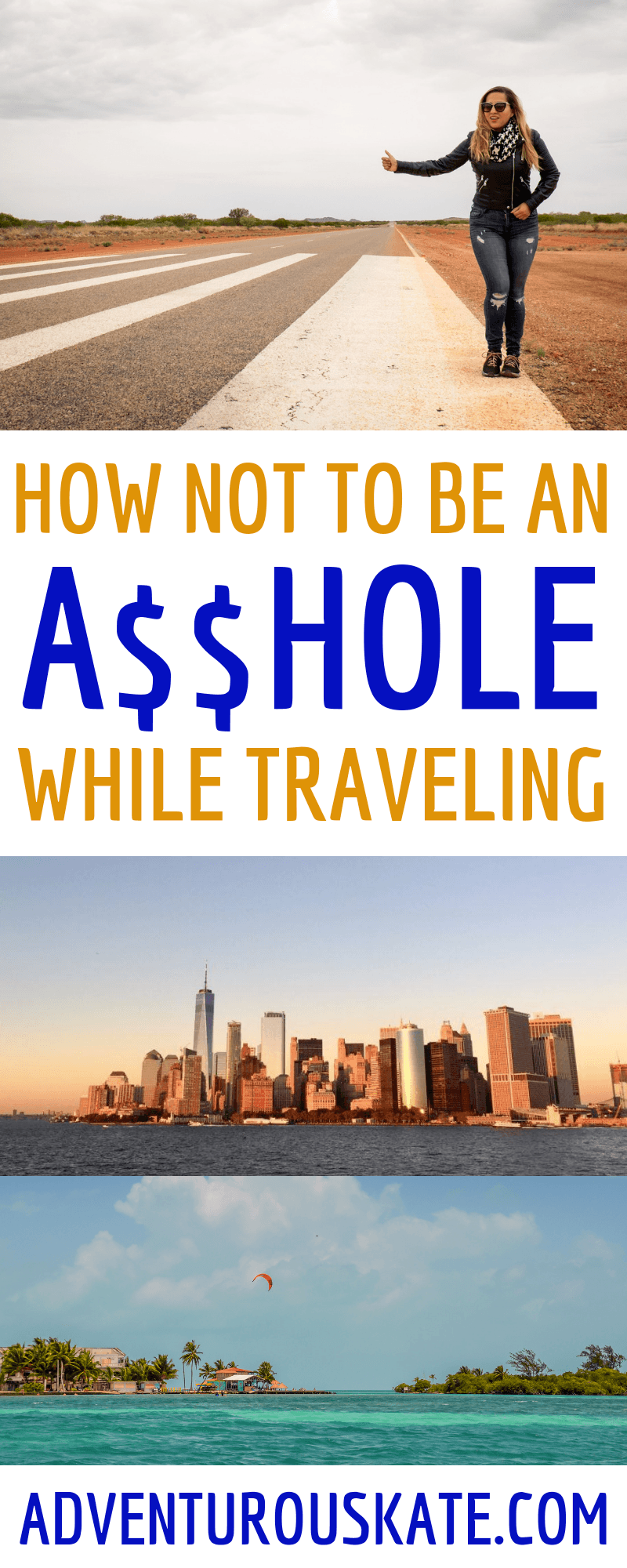
How do you try to be less of an asshole while traveling?
The post How to Be Less of a Traveling Asshole in 2019 appeared first on Adventurous Kate.
from Adventurous Kate http://bit.ly/2BZ2SGf
Sentry Tournament Of Champions Winners And History
Sentry Tournament of Champions Winners and History The Sentry Tournament of Champions is the PGA Tour’s ... Read more.
The post Sentry Tournament Of Champions Winners And History appeared first on GolfBlogger Golf Blog.
from GolfBlogger Golf Blog http://bit.ly/2AgUu2d
Tuesday, January 1, 2019
Off the Cuff in 2019
In the past year or so I’ve taken a relatively strategic approach to running In it 4 the Long Run (plus the podcast and instagram) as a business. I watch the trends, and as blog visits go down and instagram rises in popularity I adjust how I blog and create content. I’m not emotional or nostalgic about these changes. If there’s one thing I learned about this digital space is that things will always change. With the blog, I’ve tried to make sure every blog post I shared was IN-DEPTH. I’m talking tons of tips, takeaways, information.
As a result, I blog a lot less. I’m a one-woman show. Occasionally my husband will take an instagram of me, but that’s about it. I know it seems like blogging and podcasting is an easy thing to manage solo (and for a lot of people it probably is). For me, running it as a business just means more time dedicated to the management, sponsors, bookkeeping, taxes, organization and less time strictly creating content. I also work for myself as a photographer so those gigs are sprinkled in the mix.
I’m Craving More Less than Perfect, Off the Cuff Writing
What I’m trying to say is I’ve been blogging way less. Partly because I am seeing and reacting to trends, partly because I’m pretty much as full out as I want to be.
Yet this year, I want to do things slightly different. I’m in this space of allowing, curiosity and non-attachment to this work as my one and only career. With that beautiful freedom, I want to keep exploring as authentically as I can. I’m ok if my risks don’t work. I’m ok if people don’t love what I do.
When it comes to the blog that means I want to share more pieces like this. Short, mini-essays, that are off the cuff. The kind that won’t show up in Google’s search algorithm. These posts are written for YOU to read. This doesn’t mean my meatier more practical wellness and personal growth blogs are going anywhere. I love writing and sharing those.

I just want to be more present on the blog and in my work. Hopefully, this can help me in my personal life too. (I’ll get back to you on how that works out.) I don’t want to feel like I’m looking at my work from a distance anymore or that I make decisions just because they will be profitable or someone else’s definition of success. I enjoy sharing more real-time, rough draft ideas with you. To be honest, I’ve struggled to share my ideas, thoughts, truth, real-time because I’ve been so afraid of other people’s opinions. Not exactly about what the content is but whether my “boundaries are healthy enough.” I am afraid of the overshare or not providing you with enough value. All of it is the same thing: fear of not being enough, fear of being rejected. It’s human but I’m aware and open enough to acknowledge it without letting it stop me from sharing what my truth is.
Who else needs a tattoo that says “it’s ok if not everyone likes you.”?
It doesn’t feel right, for me personally, any more to create a strategy for my blog and craft my life around it. I want to LIVE and then blog/shoot/podcast/create around it.
Live, then blog. Not blog, then live.
Thanks for reading this. Just in case it’s not abundantly clear I’m always figuring it out. There’s no grand plan or marketing funnel. Just a girl learning what living well means and sharing it with her friends (that’s you!).

The post Off the Cuff in 2019 appeared first on In it for the Long Run.
from In it for the Long Run http://bit.ly/2F1M05M
New Year Resolutions – Golf Poetry
NEW YEAR RESOLUTIONS SWEAR off pulling, swear off slicing, Swear off ever looking up; ... Read more.
The post New Year Resolutions – Golf Poetry appeared first on GolfBlogger Golf Blog.
from GolfBlogger Golf Blog http://bit.ly/2lxIxj7
Scottish Shortbread Cookies For The New Year
Celebrate the New Year with these Scottish shortbread cookies from the Home of Golf. The ... Read more.
The post Scottish Shortbread Cookies For The New Year appeared first on GolfBlogger Golf Blog.
from GolfBlogger Golf Blog http://bit.ly/2Co4kFy
Five New Year Tips to Seriously Improve Your Piano Playing in 2019
 Happy New Year! It’s January 1st 2019 and I hope you have all enjoyed a wonderful Christmas and New Year’s Eve. At the start of any new year, we make resolutions, create new goals, or perhaps re-evaluate or reflect on existing goals. It’s the perfect time to revisit our hobbies, or investigate new ones. Many have written over the past year, telling me how they have really loved learning to play the piano again, after a lapse of one or two, or indeed many, years. Today’s New Year’s post is intended for those who have taken a break from their piano playing and have decided to start playing again. It is possible to move from intrepid pianist to competent, confident player with the help of an excellent teacher and solid, regular practice.
Happy New Year! It’s January 1st 2019 and I hope you have all enjoyed a wonderful Christmas and New Year’s Eve. At the start of any new year, we make resolutions, create new goals, or perhaps re-evaluate or reflect on existing goals. It’s the perfect time to revisit our hobbies, or investigate new ones. Many have written over the past year, telling me how they have really loved learning to play the piano again, after a lapse of one or two, or indeed many, years. Today’s New Year’s post is intended for those who have taken a break from their piano playing and have decided to start playing again. It is possible to move from intrepid pianist to competent, confident player with the help of an excellent teacher and solid, regular practice.
Here are a few ideas to help your practice regime over the coming weeks. Piano practice can tend to fall into a rut and it usually requires an occasional overhaul, so that interest is kept and improvement, monitored.
- Regularly monitor your progress. It doesn’t matter how you do this; you might decide to write your updates in a notepad, noting what you feel has improved, or it could be that you ask for judicious feedback from your teacher, or perhaps perform regularly to fellow students, who might provide a candid opinion (this usually only works if you reciprocate the favour!). However, as a pianist it’s too easy to lock yourself away, playing only for yourself, where it can be challenging to be honest about improvements. Try to remain pragmatic about your own playing, because this is the most effective way to change for the better.
- Record your pieces. Recording our playing reveals far more than we might imagine. It doesn’t matter how you do this, and you may prefer to record short passages, phrases, or a few bars at a time, but as long as you listen carefully to the results, you will be able to find a starting point from which to build and improve your technique and interpretation. We rarely sound how we think we do, so it can be a shock at first, but it proffers a realistic perspective which can really help in the long run.
- Only play a piece through at the end of a practice session. This goes for sections or movements of works too. A common misconception when practising is that it is beneficial to perpetually play your pieces through. There is no doubt that this can be advantageous for memorisation and for structural practice, but during the early stages of learning particularly, it is generally more useful to spend time working at small sections. The ability to break pieces down, almost reconstructing them, enables our brain to think about them in a different way and can certainly aid mastery. When you’re happy with your sectional practice, you might feel it necessary to ‘play’ the piece in its entirety, either at a slower tempo or up to speed at the end of your session.
- Slow practice is key. Many articles sing the praises of playing slowly. But it is such an important facet that it’s definitely worth adding to your new list of practice tools for 2019. My suggestion to students is to implement several practice speeds whilst working at a piece (or a technical exercise or study). The slowest tempo must be one which works for exaggerated practice, whereby you can equally focus on both hands, fingerings, movements, notes and sound at the same time. Therefore you should ideally think about a subdivided beat (if the piece is in quavers, practice in semiquavers or even demisemiquavers, for example). The second tempo can be a little faster, allowing you to ‘move’ around the keyboard, but still keeping in check all the above technical considerations. The final tempo could be similar to the speed of the piece, but slightly slower, so that you still have crucial thinking time, for accuracy and sound.
- Articulation will make or break your performance. Clarity, neatness and precision in your finger work will make all the difference when it comes to clean playing. It’s vital for almost every style or genre, but of special importance in Baroque and Classical music. Clean finger work can be developed by ensuring fingers not only play every note with a full sound, but also by paying attention to the end of a note too, that is, how long you leave your finger depressing each key. If you are playing rapid scalic passages, for example, make sure notes are equal in length by employing a very firm pulse. Such articulation is more of a challenge for the weaker fingers, such as the fourths and fifths, but it can be honed with spot practice and a flexible, loose arm, wrist and hand (remembering that only the fingers and knuckles should remain firm).
I hope these ideas may inspire you to focus rigorously during your practice time, so that you make the most of your sessions irrespective of whether they are long or short. Good Luck and enjoy your piano playing.
For those returning to playing the piano, you may like to take a look at my piano course written especially for the returner. Play it again: PIANO is published by Schott Music, and currently consists of a two-book course which contains 49 graded, progressive piano pieces from the standard repertoire, as well as including many more unusual works, from Baroque through to Contemporary (also including Jazz, Blues, Rock, Improvisation, and Latin styles). Each piece has copious practice tips and suggestions, as well as a whole technique section at the beginning of each book, and a music theory section at the end of each book. Book 1 is approximately Grade 1 – 4 level, Book 2 is Grade 5 – 8 level, and Book 3 (to be published in February 2019) is Grade 8 – Associate diploma level. Find out more by clicking here, and you can purchase all the books on Amazon too.
from Melanie Spanswick http://bit.ly/2R0bCXl
